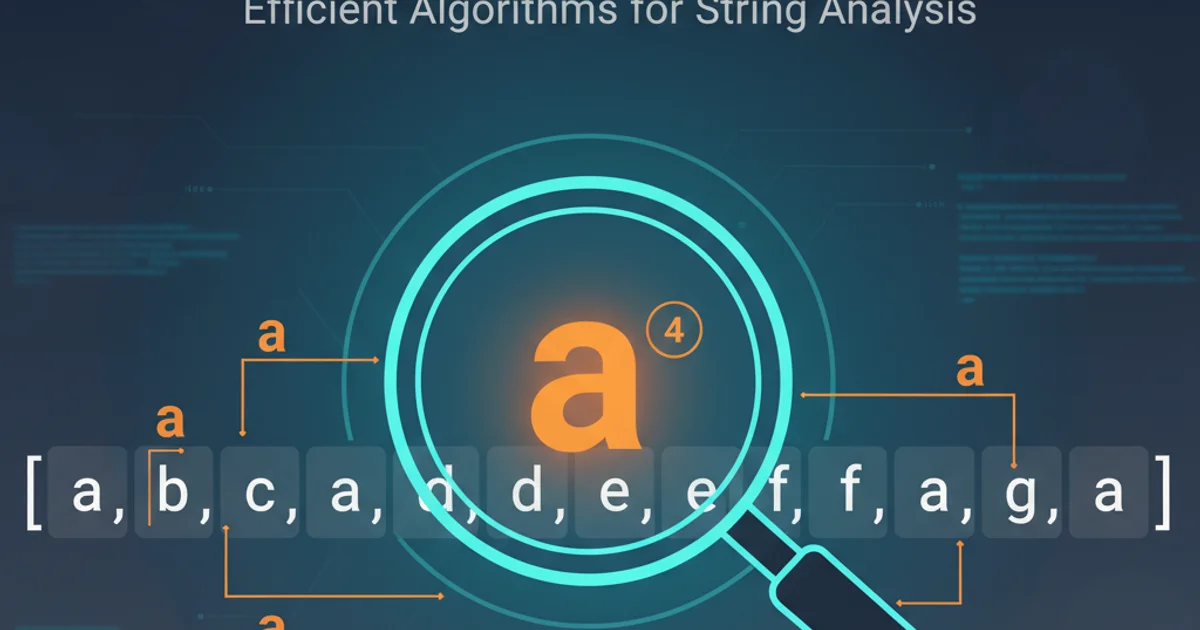What is the easiest way to develop Firefox extension?
Categories:
Simplifying Firefox Extension Development

Discover the easiest and most efficient ways to build powerful Firefox extensions using modern WebExtensions APIs, compatible with Chrome and other browsers.
Developing browser extensions can seem daunting, but with the advent of WebExtensions APIs, the process has become significantly streamlined. This article will guide you through the easiest methods to create Firefox extensions, focusing on compatibility, modern practices, and leveraging existing web technologies. Whether you're a seasoned developer or just starting, you'll find the tools and techniques here to bring your extension ideas to life.
Understanding WebExtensions API: The Universal Standard
The key to easy Firefox extension development lies in the WebExtensions API. This API is largely compatible across major browsers like Chrome, Edge, and Opera, meaning you can often write your extension once and deploy it with minimal changes to multiple platforms. Firefox adopted this standard to replace its older XUL-based add-on system, making development more accessible and secure. WebExtensions are built using familiar web technologies: HTML, CSS, and JavaScript.
flowchart TD
A[Idea for Extension] --> B{Choose Development Approach}
B --> C[WebExtensions API (HTML, CSS, JS)]
C --> D[Develop Core Functionality]
D --> E{Test in Firefox}
E --> F{Refine & Debug}
F --> G[Package for Distribution]
G --> H[Submit to Mozilla Add-ons]
C --> I[Cross-Browser Compatibility]
I --> J[Test in Chrome/Edge]
J --> K[Deploy to other stores]
B --> L[Older XUL/SDK (Discouraged)]
L --> M[Higher Learning Curve & Maintenance]
M --> N[Firefox Only]Simplified Firefox Extension Development Workflow
Core Components of a WebExtension
Every WebExtension, regardless of its complexity, consists of a few fundamental files. Understanding these components is crucial for getting started:
manifest.json: This is the heart of your extension. It provides metadata (name, version, description), defines permissions, specifies scripts to run, and declares various extension capabilities.- Background Scripts: These JavaScript files run in the background and handle events, manage state, and perform long-running tasks. They don't interact directly with web page content.
- Content Scripts: These JavaScript files are injected into specific web pages and can interact with the page's DOM, modify its appearance, or read its content. They run in an isolated world to prevent conflicts.
- User Interface (UI) Elements: These can include browser actions (buttons in the toolbar), page actions (buttons in the address bar), popups (HTML pages displayed when a button is clicked), and options pages (settings for your extension).
{
"manifest_version": 2,
"name": "My First Firefox Extension",
"version": "1.0",
"description": "A simple extension to demonstrate basic features.",
"icons": {
"48": "icons/icon-48.png"
},
"permissions": [
"activeTab",
"storage"
],
"browser_action": {
"default_icon": "icons/icon-32.png",
"default_title": "My Extension",
"default_popup": "popup/popup.html"
},
"background": {
"scripts": ["background.js"]
},
"content_scripts": [
{
"matches": ["*://*.mozilla.org/*"],
"js": ["content-script.js"]
}
]
}
manifest.json and add permissions and features as needed. Requesting too many permissions can deter users.Getting Started: Your First Firefox Extension
The easiest way to develop a Firefox extension is to start with a simple project structure and gradually add functionality. You don't need any special SDKs or complex build tools for basic extensions; a text editor and your browser are often enough.
1. Create Project Directory
Create a new folder for your extension, e.g., my-first-extension.
2. Create manifest.json
Inside your project folder, create a file named manifest.json and paste the example JSON provided above. Adjust the name, description, and version fields.
3. Add Icons (Optional but Recommended)
Create an icons subfolder and place your extension icons (e.g., icon-32.png, icon-48.png) inside it. Ensure the paths in manifest.json match.
4. Create Popup HTML
Create a popup subfolder and inside it, create popup.html. This will be the UI that appears when the toolbar button is clicked. A simple <h1>Hello, Extension!</h1> is a good start.
5. Load the Extension in Firefox
Open Firefox, type about:debugging#/runtime/this-firefox in the address bar, and press Enter. Click on 'Load Temporary Add-on...' and select any file inside your extension's directory (e.g., manifest.json). Your extension should now appear in the toolbar.
6. Test and Iterate
Click your extension's icon in the toolbar to see your popup. Make changes to your HTML, CSS, or JavaScript files, then click the 'Reload' button next to your extension in about:debugging to see the updates instantly. This rapid iteration cycle makes development very efficient.
Advanced Development with Modern JavaScript
While basic extensions can be written with vanilla JavaScript, modern development often benefits from ES6+ features, modules, and asynchronous programming. Firefox's WebExtensions environment fully supports these. You can use async/await for cleaner asynchronous code, and import/export for modularizing your scripts, though you might need a build step for import statements in content scripts or background scripts depending on your manifest_version.
// background.js
browser.browserAction.onClicked.addListener(async () => {
let tabs = await browser.tabs.query({active: true, currentWindow: true});
if (tabs[0]) {
browser.tabs.sendMessage(tabs[0].id, {"command": "toggle-feature"});
}
});
// content-script.js
browser.runtime.onMessage.addListener((message) => {
if (message.command === "toggle-feature") {
document.body.style.backgroundColor = document.body.style.backgroundColor === 'red' ? '' : 'red';
}
});
browser.runtime.sendMessage and browser.runtime.onMessage).